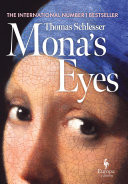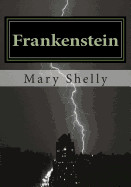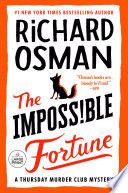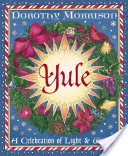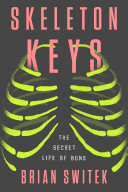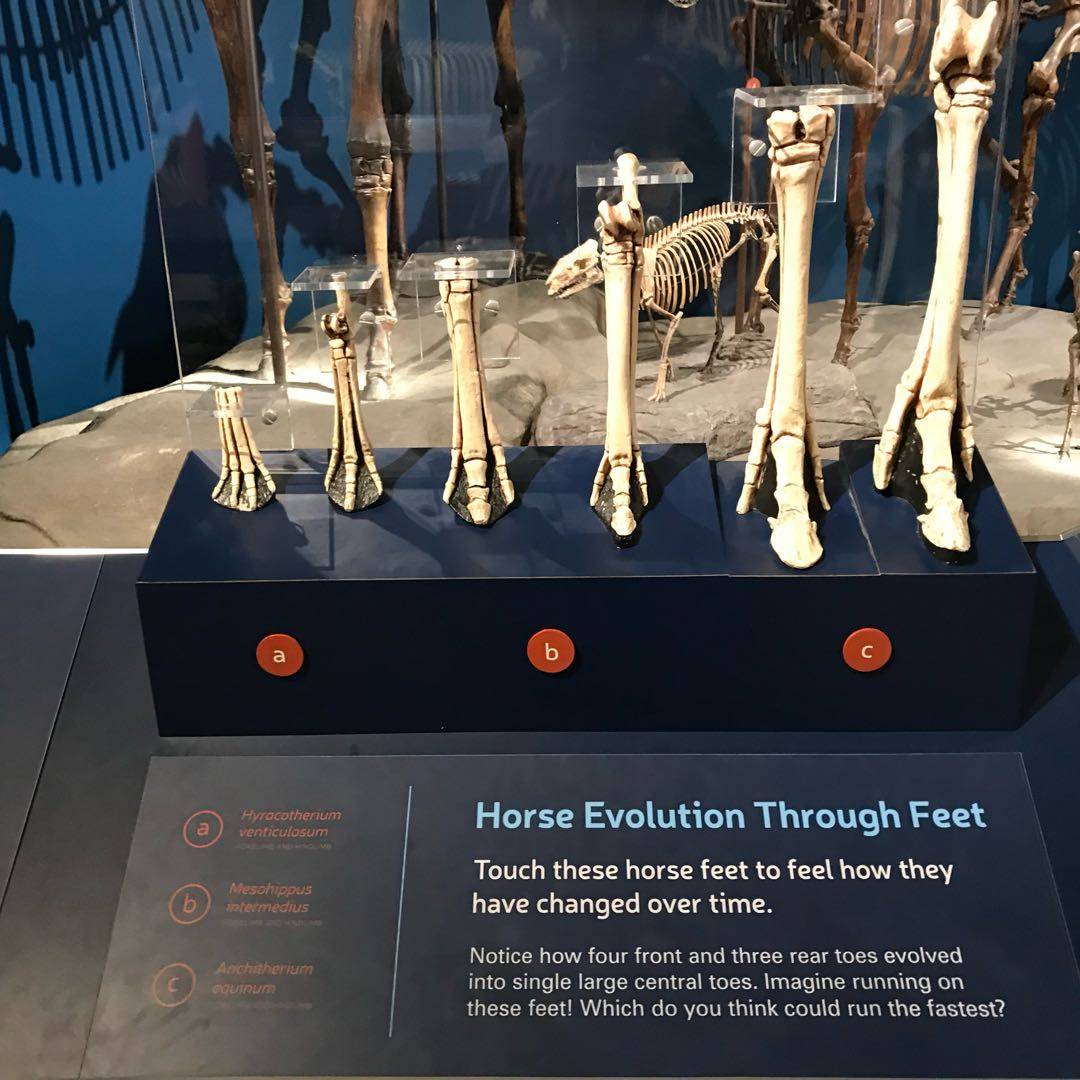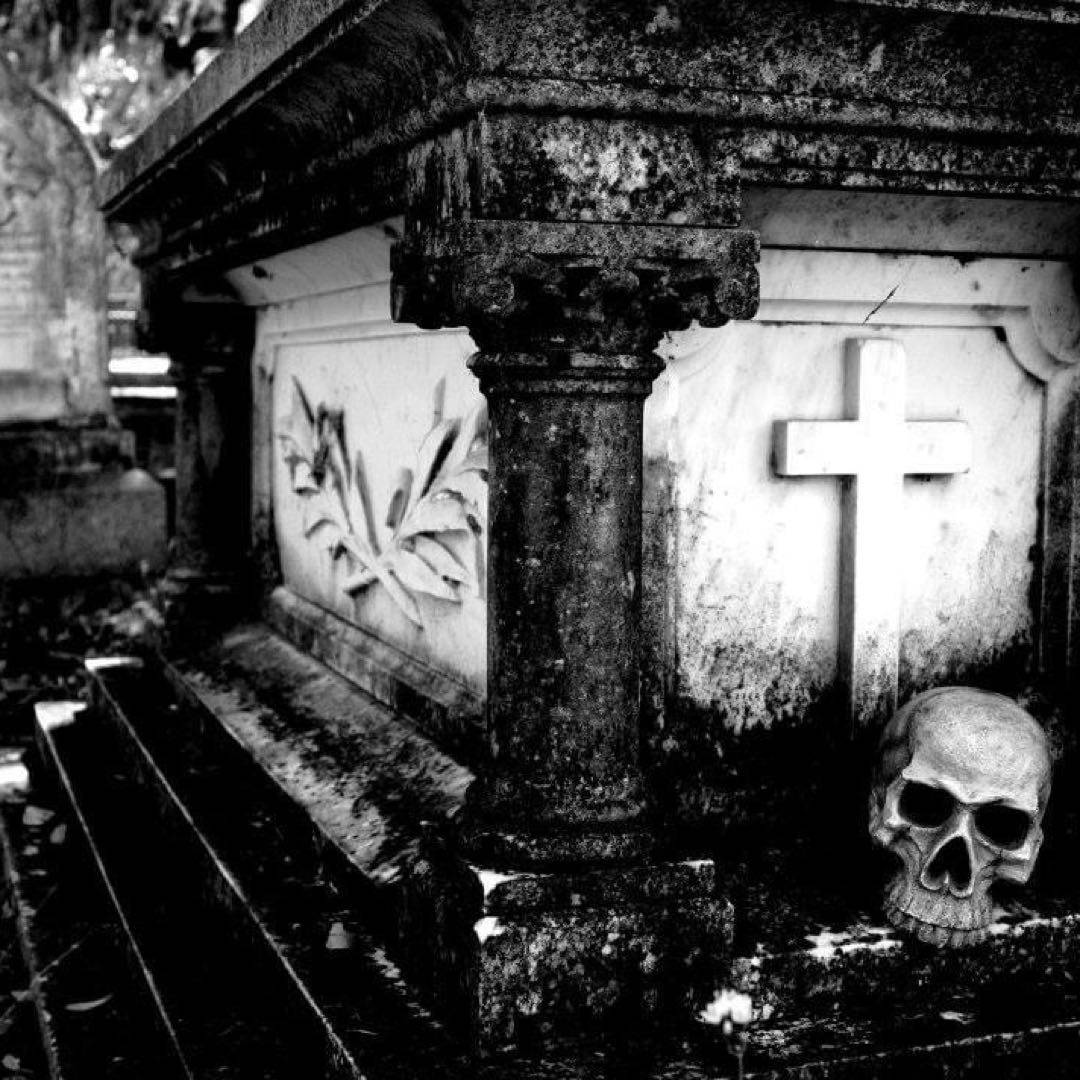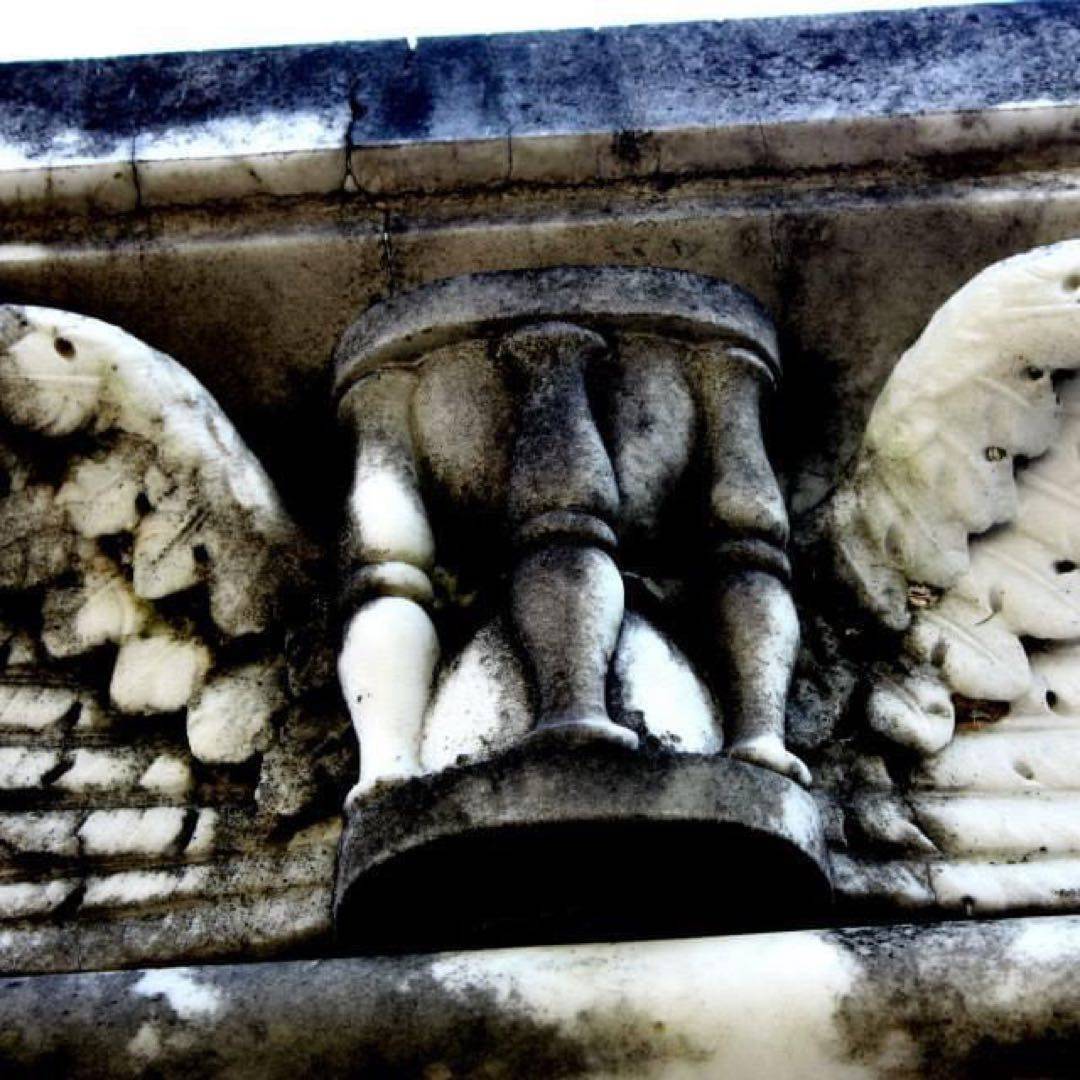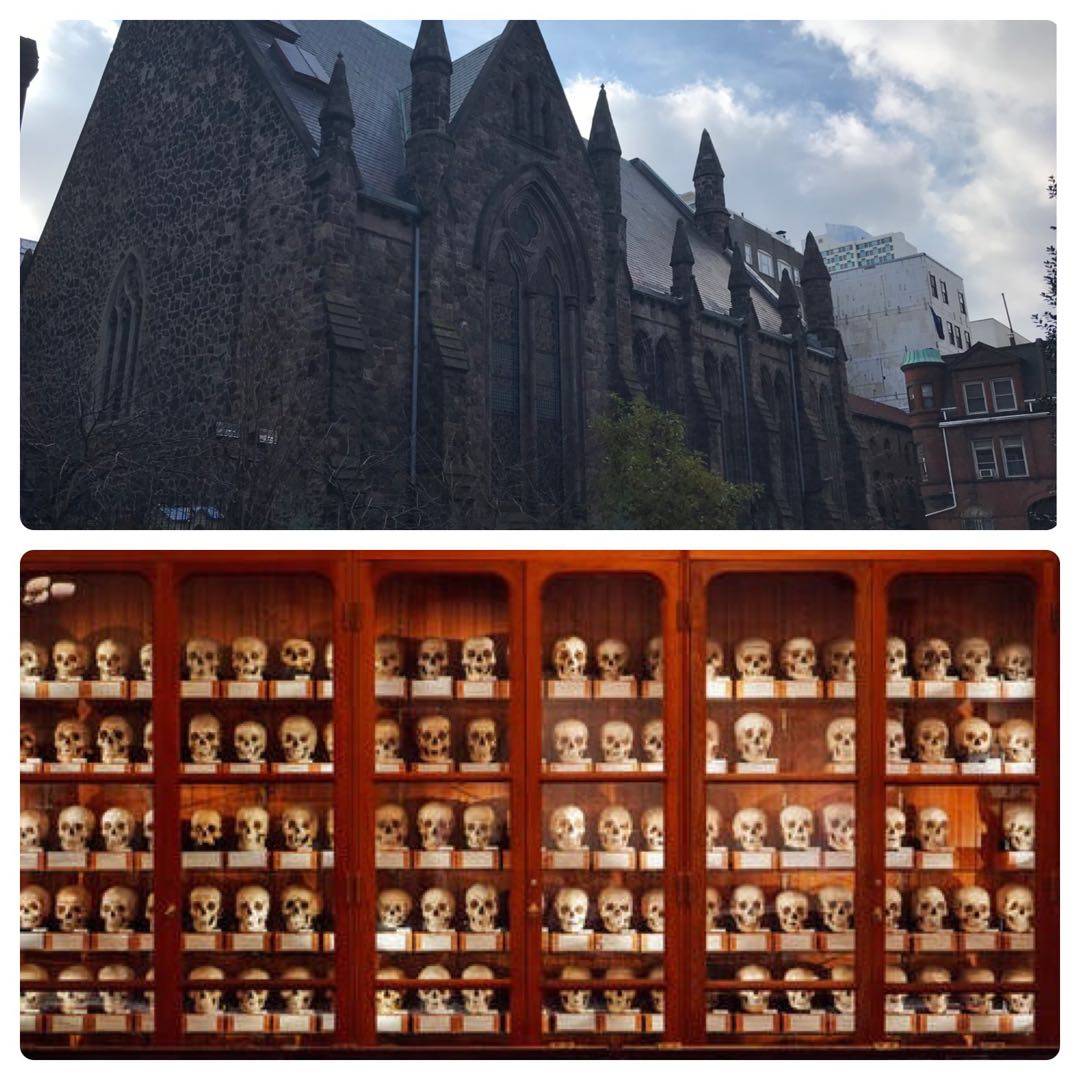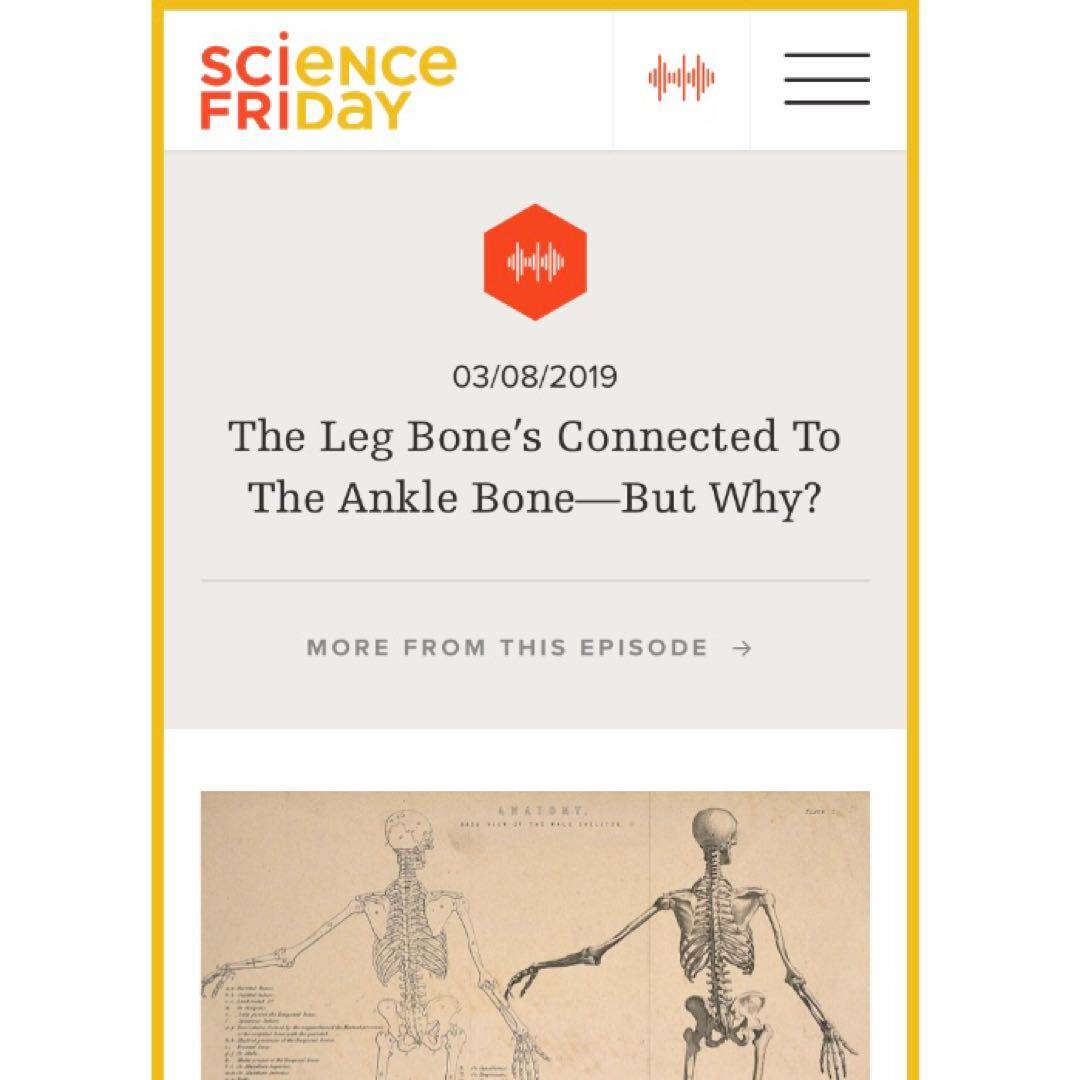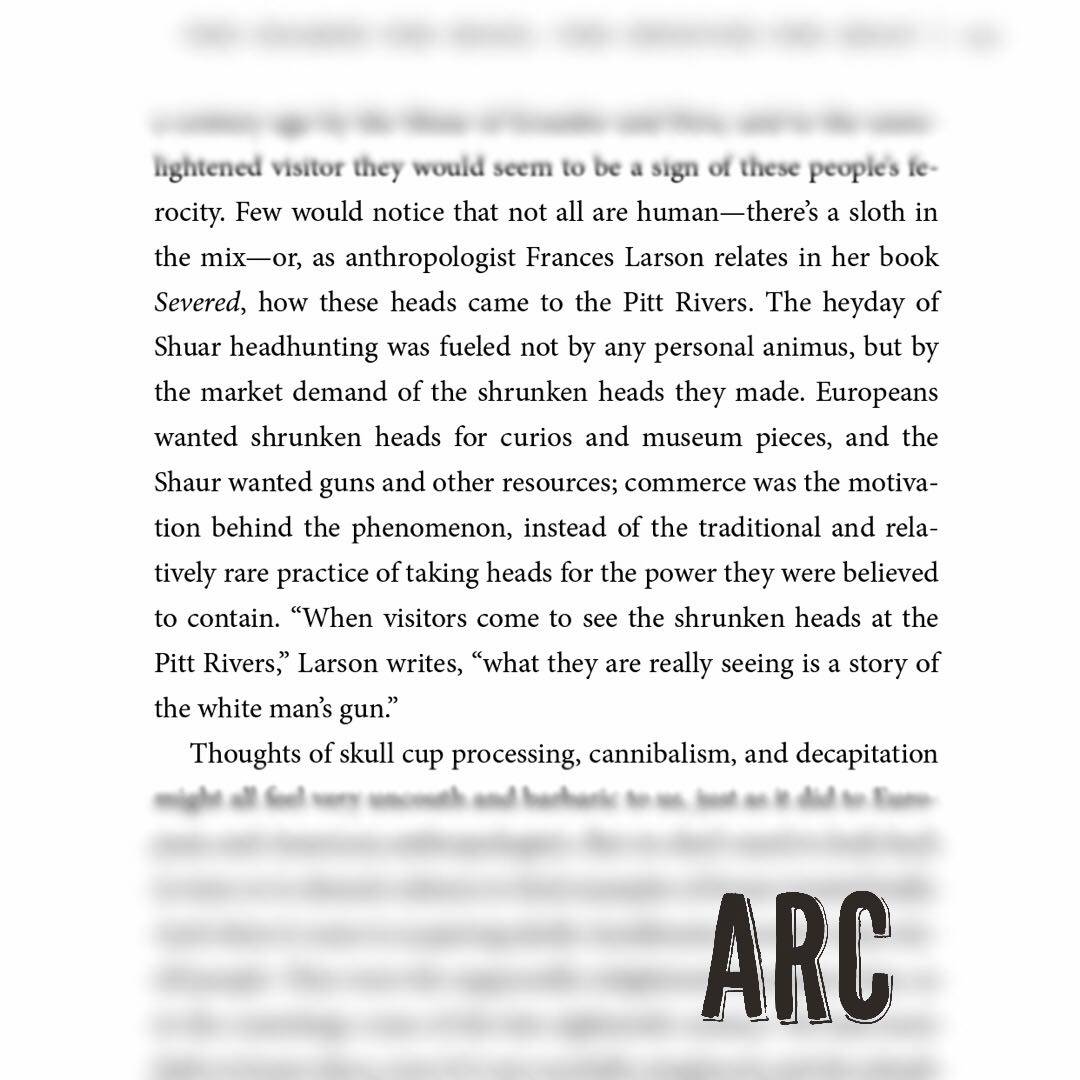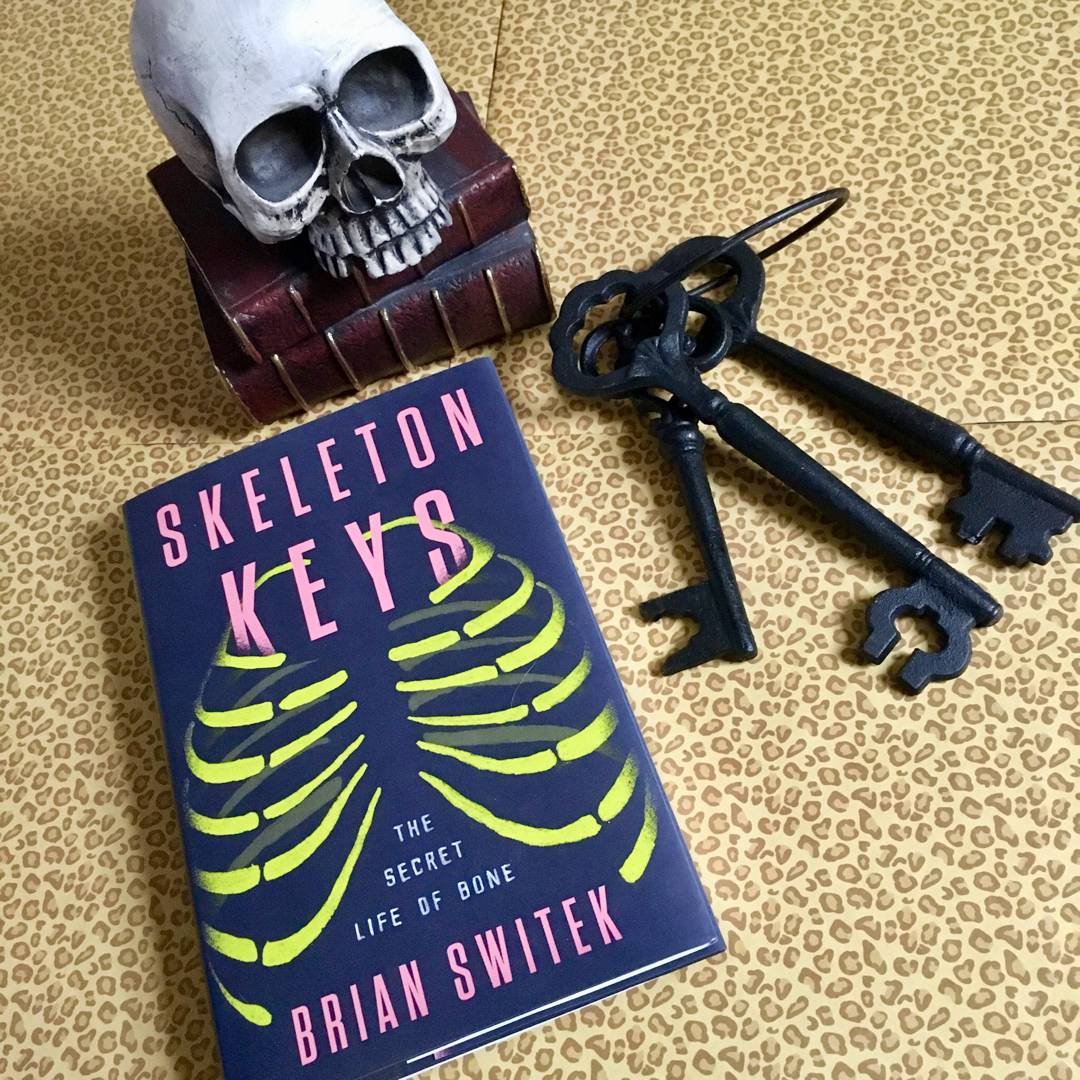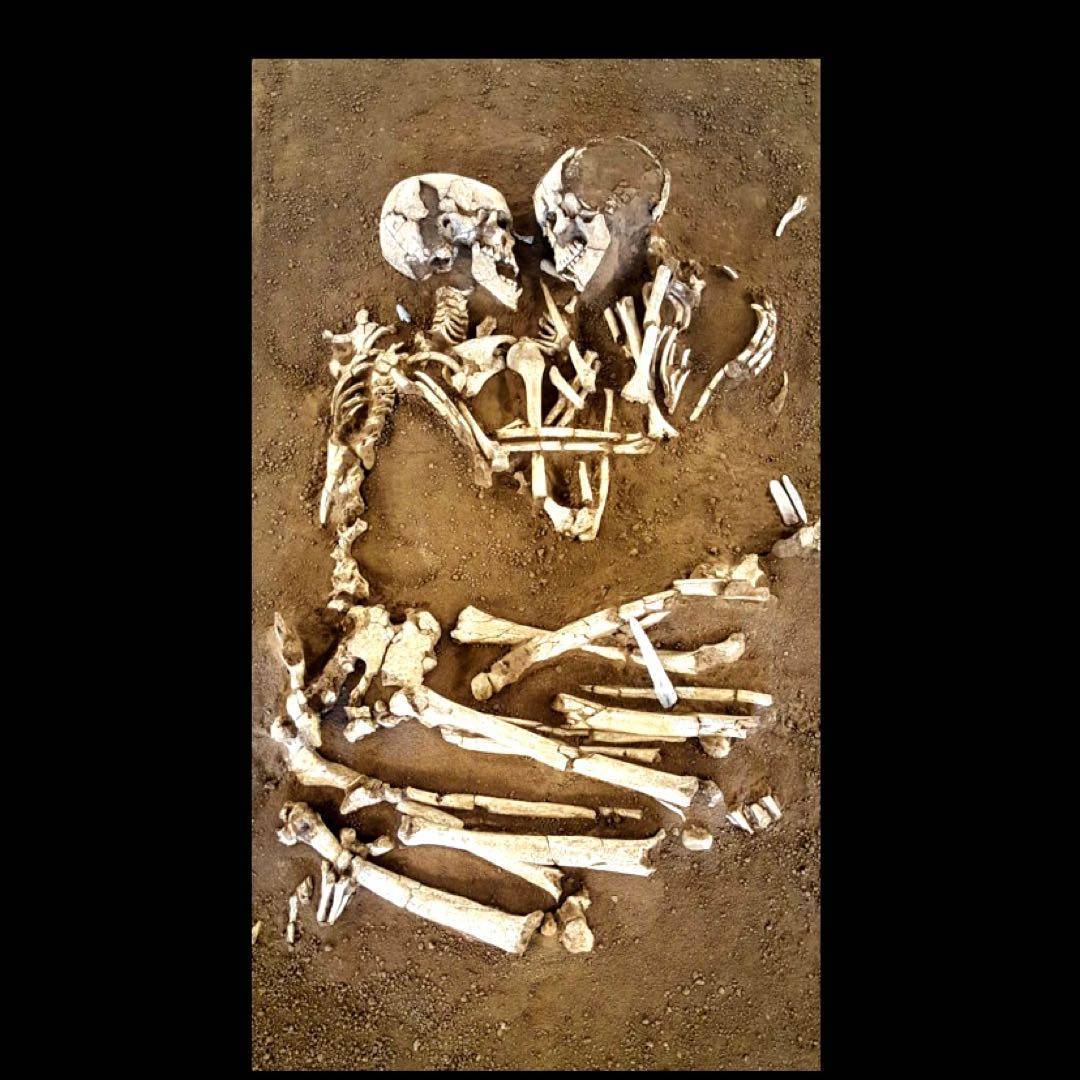
This book is a great little introduction to the frames inside us: bones. The author discusses everything from how bones first developed and evolved, to religion, to how they have been used to justify terrible things, to what we do with them today. Fascinating!
Shown: The Lovers of Valdaro, dated approximately 6,000 years old. Discovered by archeologists at a Neolithic tomb in San Giorgio near Mantua, Italy, in 2007.







